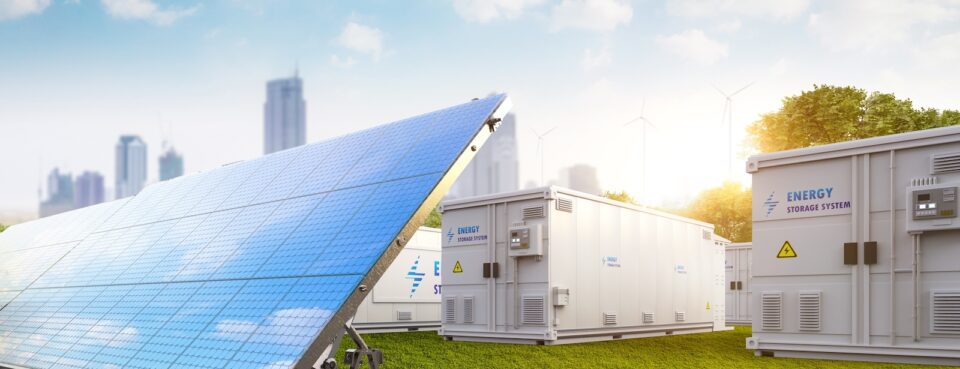A microgrid system is made up of five or six basic sections — power generation technology, storage, distribution, control, and load demand, plus a main grid connection which may be optional. In effect, it is a mini power grid system, which is self-supporting and operates independently, or it may work in conjunction with the main electrical grid.
Microgrid systems can have different types of structures and configurations, depending on the accessibility of resources and end user requirements.
The system begins with power sources.
These can be photovoltaic generators such as solar panels, wind turbines, mini-hydro or conventional generators.
Wind and solar energy are resources that are uncontrollable due to their reliance on wind speed and solar radiation.
A back up generator is required as part of the microgrid system in order to maintain reliability in energy provision, as they are a controllable power source. Any or all of these power sources can be used in a microgrid, depending on suitability, accessibility and requirements. DEUTZ diesel generators are suited for all microgrid power generation requirements, ranging from 15 to 770 kvA.
The energy that has been generated needs to be stored. Most commonly, battery storage is utilised — lithium, magnesium, or another of a variety of options. Battery storage systems vary in sizes and designs. DEUTZ Australia’s is developing a new modular design that allow users to easily expand their inverter and battery storage capacity. That means users can upgrade their system to higher kVA if needed economically. From there, energy needs to be distributed according to need, and to do all this a distribution infrastructure is required.
Finally, the microgrid requires its own control systems which are vital to the management of the whole system.
Computers manage the overall system, determining how much energy is being generated by power sources, energy storage levels and demand for output. This is the most difficult part of the system, because uncontrollable power sources provide variable energy levels depending on weather systems. Demand for energy may also vary considerably. Balancing all of these elements is crucial for smooth supply and demand, and general cost effectiveness.
Basically, microgrids have the same infrastructure for capturing and distributing energy as the main grid, except they are smaller in scale, and service smaller areas and fewer people. However, no two microgrids are the same. Each is customised to its area and requirements.


